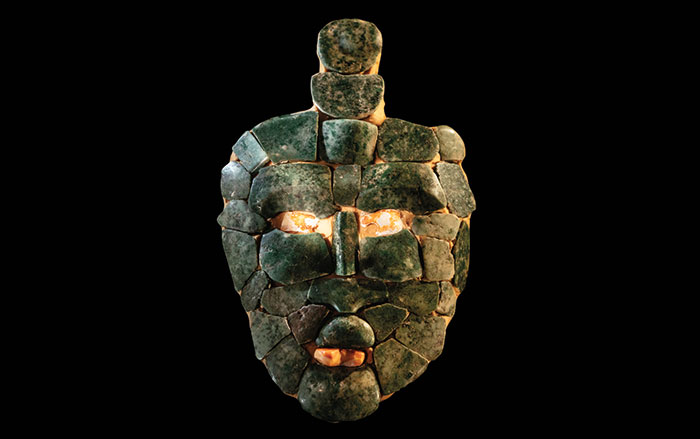
Surprisingly untouched by looters, a well-hidden burial chamber found at the archaeological site of Nakum in northeastern Guatemala may have been the tomb of a female ruler from the second or third century A.D. The eastern-facing tomb held a 1,300-year-old skeleton, a jade pectoral, and a decorated vessel in the Tikal Dancer style, among other items. Through a crack in the tomb's floor, archaeologists uncovered an even older tomb with female remains bearing two vessels atop the head, along with other, more precious items. The tomb's quality and location suggest it was a burial chamber for a royal lineage that lasted half a millennium.









